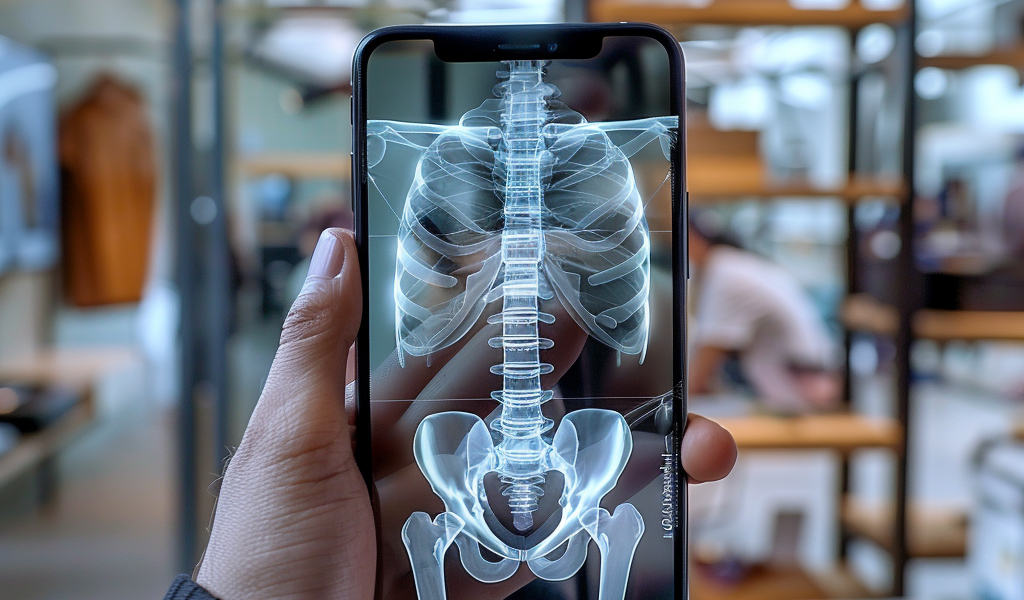Researchers from The University of Texas at Dallas and Seoul National University have made significant advancements in the development of an imager chip inspired by Superman’s X-ray vision. The chip, intended for use in mobile devices, could revolutionize the ability to detect objects inside packages or behind walls.
Imagine a future where your smartphone could locate studs, wooden beams, or wiring hidden behind walls, identify cracks in pipes, or outline the contents of envelopes and packages. This technology, inspired by the fictional superhero, also holds promise for medical applications.
The researchers initially showcased the imaging technology in a study conducted in 2022. Their latest breakthrough, detailed in the March print edition of IEEE Transactions on Terahertz Science and Technology, addresses a significant challenge: scaling down the technology to fit handheld mobile devices while enhancing image quality.
Dr. Kenneth K. O, the director of the Texas Analog Center of Excellence (TxACE) and the Texas Instruments Distinguished University Chair in the Erik Jonsson School of Engineering and Computer Science, likened the technology to Superman’s X-ray vision, albeit utilizing signals ranging from 200 gigahertz to 400 gigahertz instead of X-rays to ensure safety.
The research received support from the Texas Instruments (TI) Foundational Technology Research Program on Millimeter Wave and High Frequency Microsystems and the Samsung Global Research Outreach Program. Dr. Brian Ginsburg, the director of RF/mmW and high-speed research at TI’s Kilby Labs, highlighted the 15 years of research that led to a 100 million times improvement in pixel performance, coupled with digital signal processing techniques, enabling this groundbreaking imaging demonstration.
Addressing privacy concerns, the researchers designed the technology for close-range use, approximately 1 inch from an object. This design choice ensures that individuals are aware if someone attempts to scan the contents of their belongings. The next phase of development aims to extend the imager chip’s capabilities to capture images from up to 5 inches away, facilitating the visualization of smaller objects.
The imager chip emits 300-GHz signals in the millimeter-wave band of the electromagnetic spectrum, showcasing the potential for true THz imaging capabilities.





